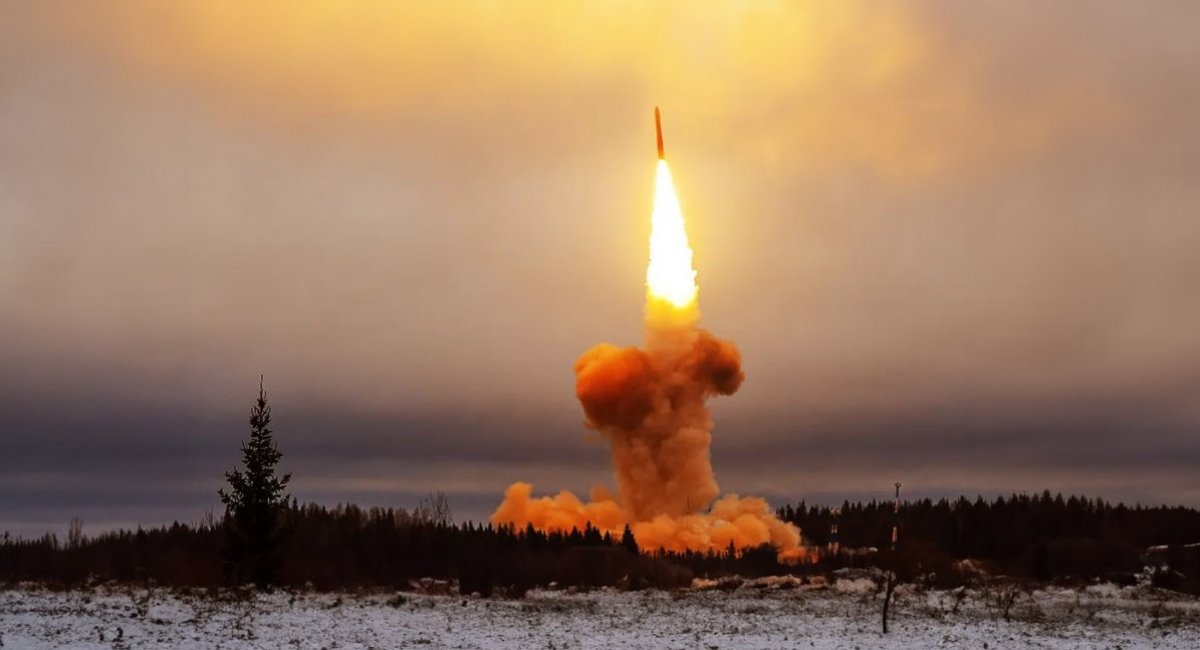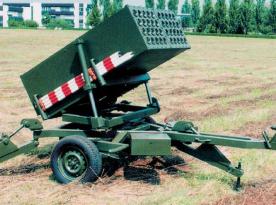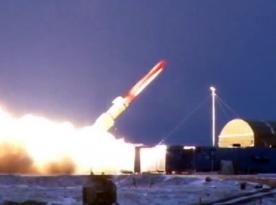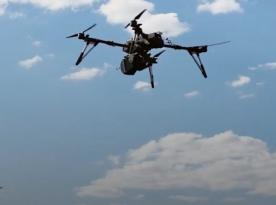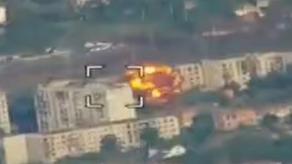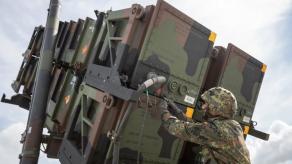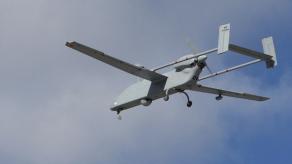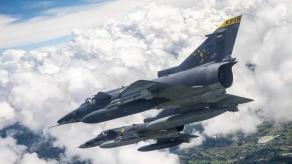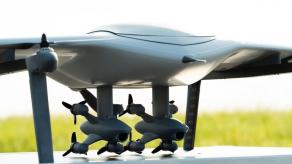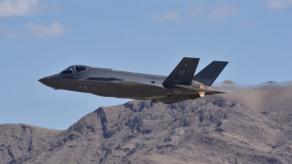The year 2025 will evidently mark the beginning of a new arms race reminiscent of the best traditions of the Cold War. However, it is entirely possible that this race will unfold on two separate fronts. One front is already taking shape in the Pacific between China and the United States, while the second, much closer to Ukraine, is likely to have a greater impact. This second front concerns the arms race between the European segment of NATO and russia.
The starting point can be the observation that the outcomes of 2024 for Europe's defense industry are difficult to call positive. Furthermore, the potential shift not only in the security architecture but also in the very foundation of European defense—due to the reduced involvement of the United States—adds little optimism. However, this is precisely the kind of situation where there is no alternative.
Read more: No Iron Dome Can Protect Europe From russia: NATO Commander Admits They Need Attack Missiles
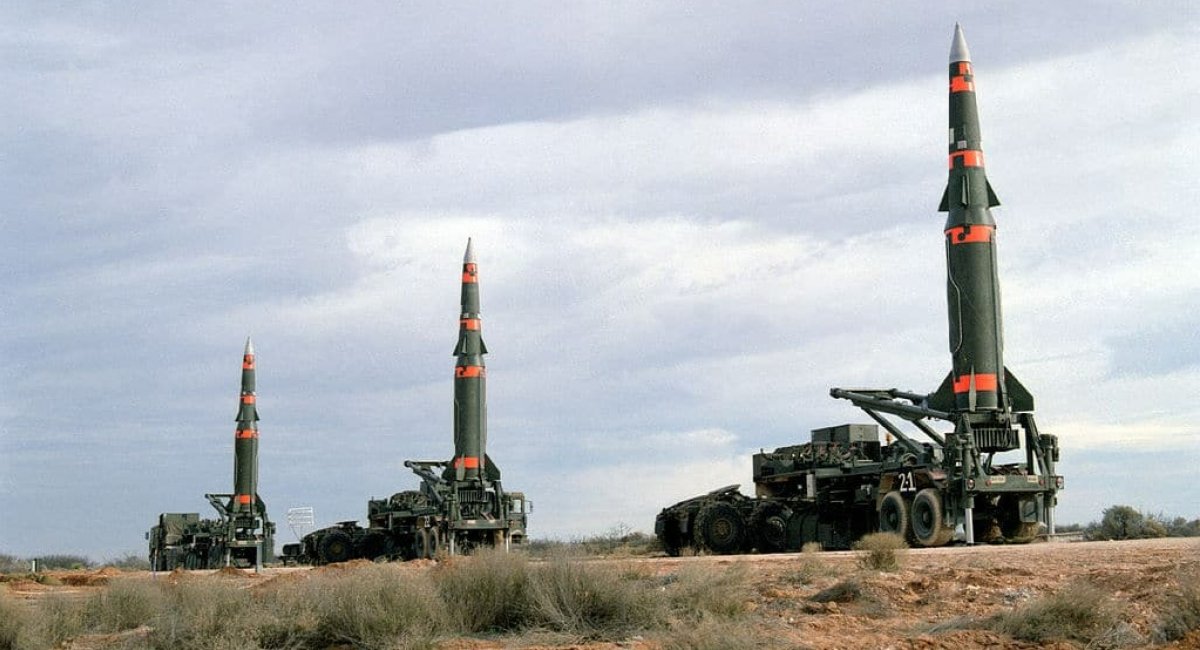
Especially considering that russia, through its actions, clearly demonstrates the cost of weakness and has already triggered a new arms race. Moreover, this is happening in a field highly advantageous for russia—long-range weaponry. This type of weaponry has now become russia's primary tool for coercing Europe, replacing the gas pipeline valve.
It is for this reason that the Kremlin has invested maximum informational resources into its latest so-called "wonder weapon," the Oreshnik. Medium-range ballistic missiles (MRBMs) are particularly advantageous for russia because they can target the entire continent while being more cost-effective than intercontinental ballistic missiles (ICBMs). Furthermore, by producing a sufficient number of MRBMs, russia gains the ability to reallocate all its ICBMs to target the United States.
The European segment of NATO has already acknowledged that it will not be possible to create an Iron Dome in Europe, and there is a need to have its own missiles against russia. The key term here is "own." Not only cruise missiles, such as the Land Cruise Missile, but also ballistic missiles with a range of over 1000 km, which have already been discussed in France.
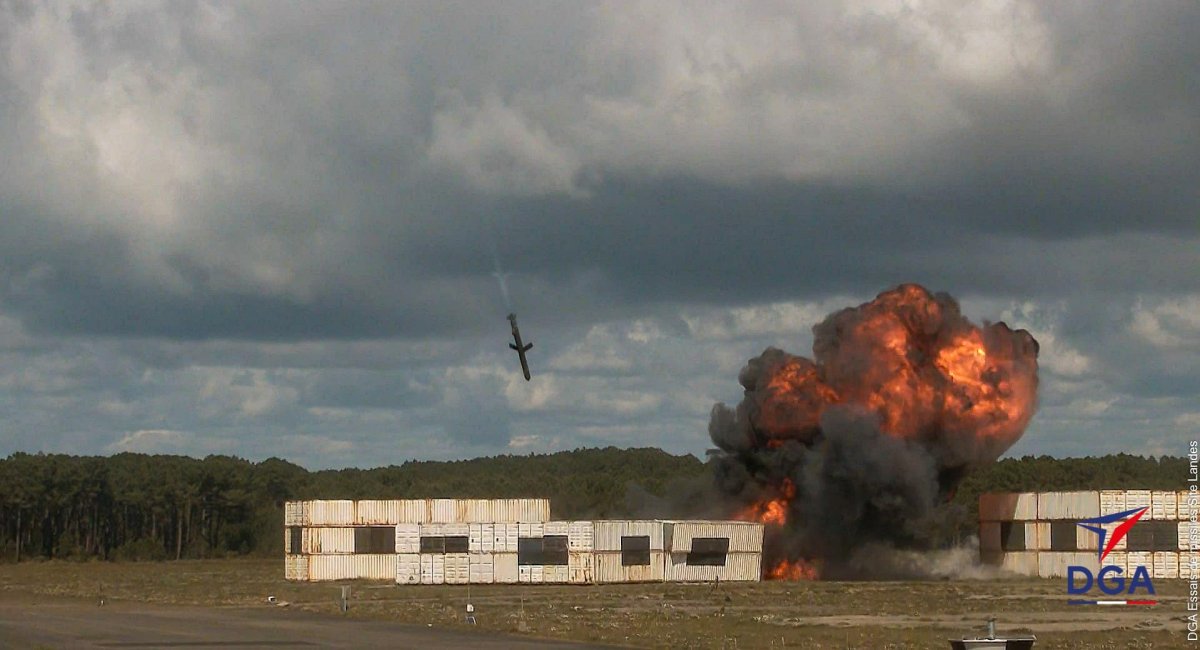
However, 2024 has shown that it is not enough to just talk about it—action must be taken. Moreover, this needs to be done much faster because russia already has an established production base for mass-producing missiles and drones, using equipment that was readily sold, including by European companies.
Europe, in turn, will likely need to create these capabilities from scratch rather than restore them. The last European development of a ballistic missile was the French Hadès in the 1980s. Only France retained its missile technology, while the United Kingdom abandoned this effort in the 1960s. Germany, by tradition, was simply not given such an opportunity, and in the early 1990s, the United States even took back the Pershing-1 missiles, which had been in the Bundeswehr's arsenal and were owned by the Federal Republic of Germany.
On the other hand, mastering technologies that are half a century old is unlikely to be a problem for European missile specialists. The real challenge is to quickly develop a ballistic missile and start mass production on the fly. Not only ballistic missiles, but also cruise missiles and long-range drones in quantities comparable to those of russia. Ultimately, the Old World must come to fully understand that the pre-war clock has long since started ticking.
Read more: Oreshnik is At Least 7 Years Old: First Missile Wreckage Analysis Shows Parts Dated 2017




